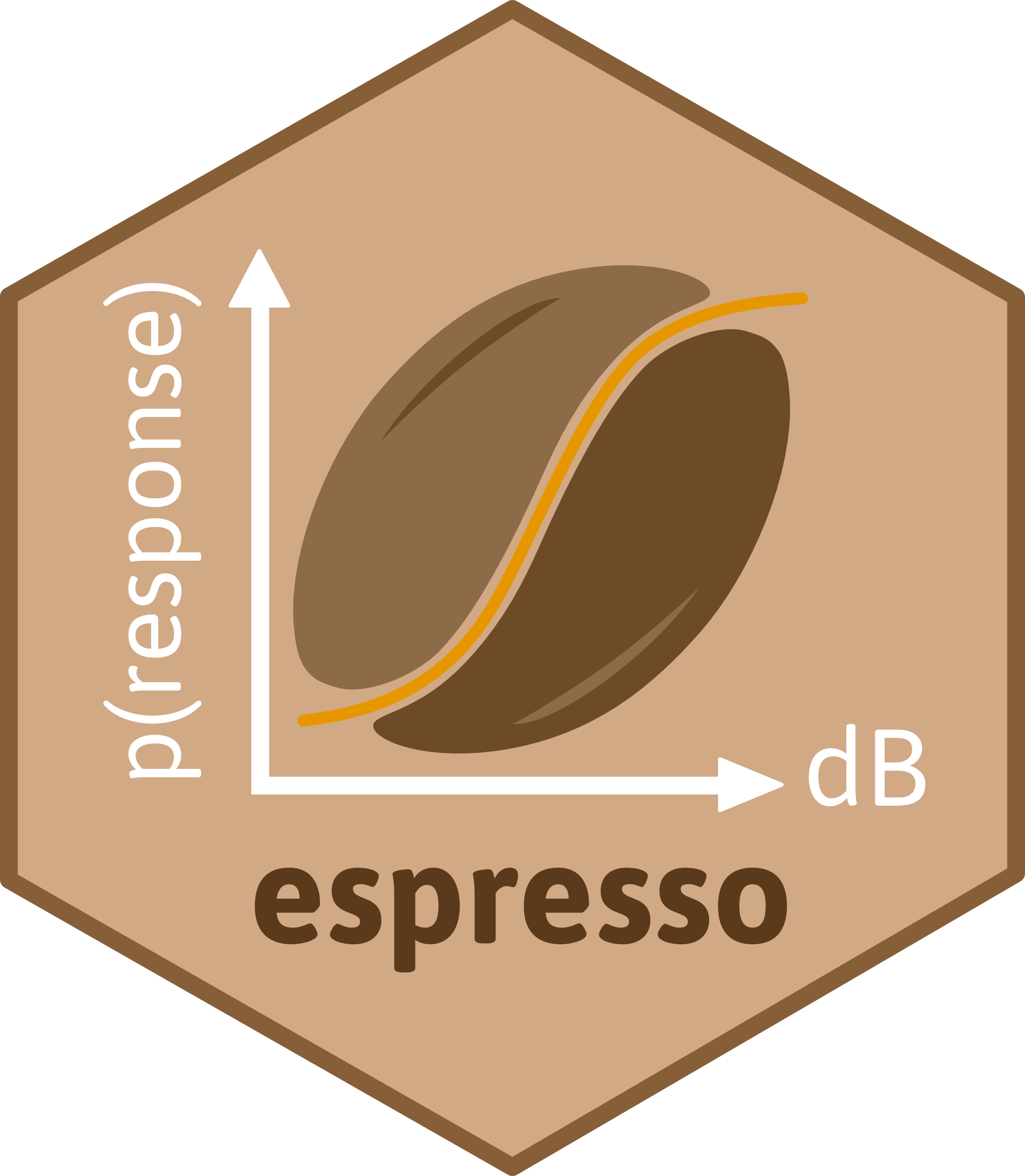espresso stands for Estimating Shared
Patterns of RESponsiveness to Navy
SOnar, and was designed as a toolkit for fitting and
selecting among behavioural dose-response functions in cetaceans exposed
to anthropogenic sound.
Rationale
This work builds upon previous research completed under the U.S.
Navy-funded MOCHA
project (Harris et al. 2016, 2018), in which Bayesian hierarchical
models were developed to estimate the probabilities of noise-related
behavioural impacts to individual marine mammals, whilst accounting for
uncertainty and the effects of contextual covariates (Miller et
al. 2014; Antunes et al. 2014). The current modelling framework is
implemented in the Bayesian analysis software JAGS (https://mcmc-jags.sourceforge.io/), and relies on Gibbs
Variable Selection (O’Hara and Sillanpää 2009) to identify groups of
species exhibiting similar patterns of responsiveness to impulsive sound
stimuli. However, this approach proves computationally intractable for
more than a few species and/or covariates. espresso uses a
bespoke dimension-jumping reversible-jump Markov chain Monte Carlo
algorithm (rjMCMC, Green 1995; Hastie and Green 2012) to relax these
constraints and allow species groupings to be identified in an
objective, data-driven way. The package also accommodates: (1) the
selection of any number of explanatory covariates (e.g., sonar
frequency, previous history of exposure, feeding behaviour, source-whale
range), (2) the comparison of dose-response functional forms (i.e.,
monophasic or biphasic soontobereleased),
and (3) the appropriate treatment of both left- and right-censored
observations (i.e., animals which display either an immediate response
on first exposure, or no signs of response across the array of doses
received, respectively).
Getting started
If you are just getting started with espresso, we
recommend reading the tutorial
vignette, which provides a quick introduction to the package.
Installation
Install the GitHub development version to access the latest features and patches.
# install.packages("remotes")
remotes::install_github("pjbouchet/espresso") # OR
# install.packages("devtools")
devtools::install_github("pjbouchet/espresso")The package relies on compiled code (C++) and functionalities provided by the Rcpp package. The Rtools software may be needed on Windows machines.
Installation instructions can be found at https://cran.r-project.org/bin/windows/Rtools/rtools40.html.


